Unlock the secrets of the ice giants with All About Space magazine
At the far reaches of the solar system, two worlds remain a mystery to us. But recent research may have given us a peek into the unknown.
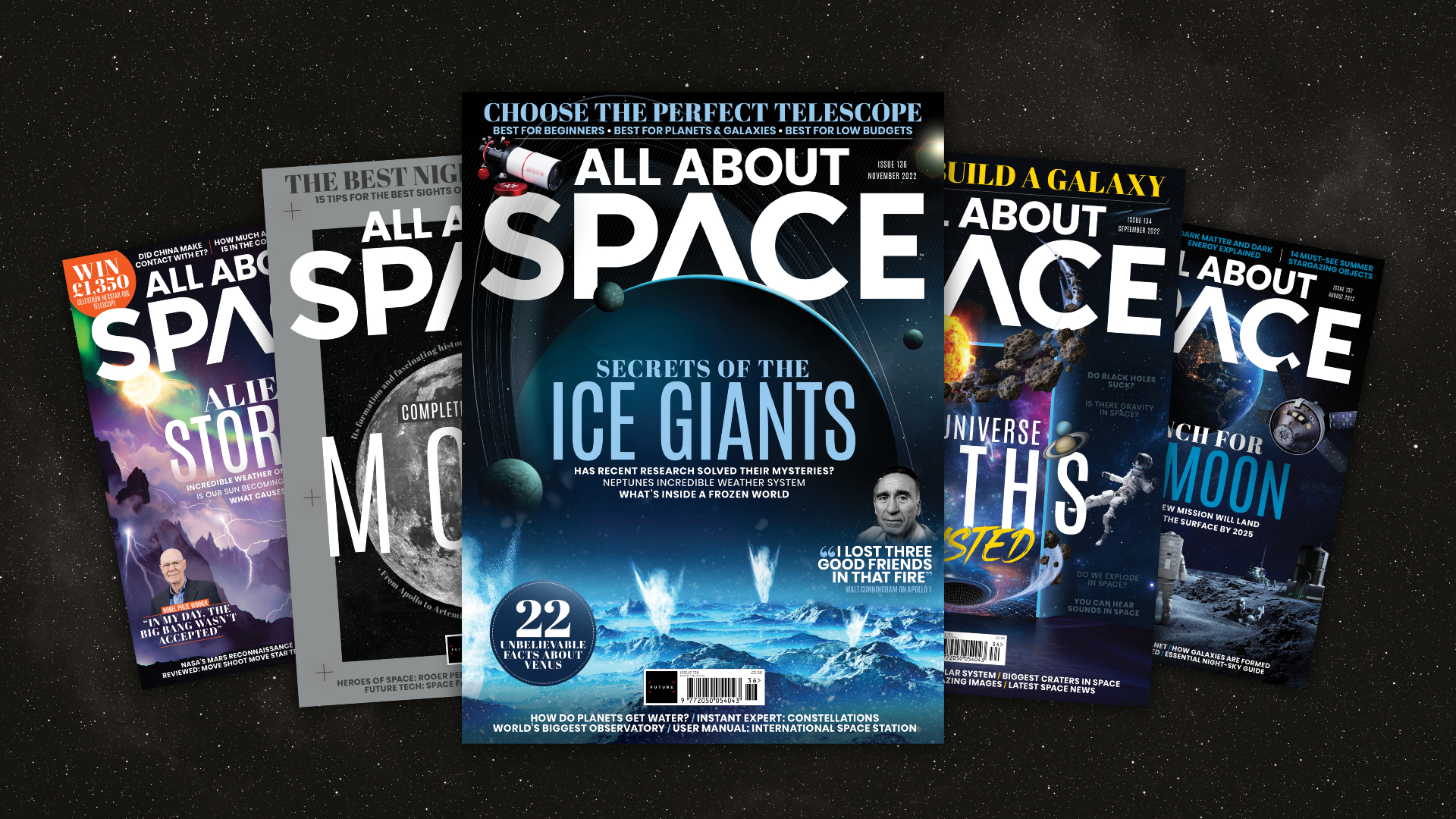
Inside All About Space issue 136, on sale now, see Uranus and Neptune like never before and unlock the secrets of these enigmatic ice giants.
You'll learn more about how these giant frozen worlds form and take a tour of the rings of Neptune. Will we ever send spacecraft back to these strange worlds? Maybe. All About Space explores several possible future NASA spacecraft designed to investigate these ice giants and their moons.
The latest issue also includes a Q&A feature with astronomer Walt Cunningham who piloted the first crewed mission in the Apollo program. Cunningham tells All About Space about the dangers they faced when making their way to the moon in the 1960s.
Related: 10 extraordinary ocean worlds in our solar system (photos)
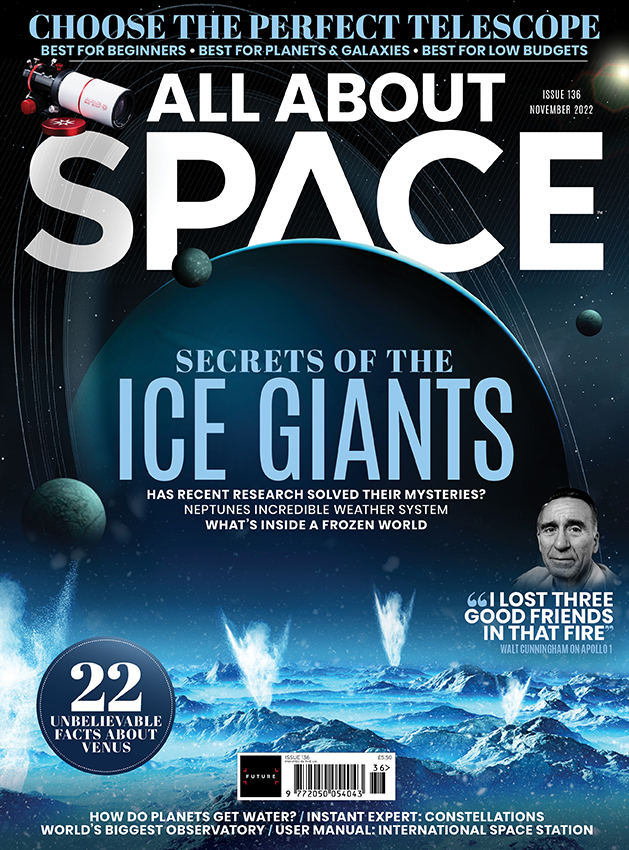
Get All About Space delivered straight to your door or digital device. Subscribe to All About Space from $8.50 per quarter/three issues.
Elsewhere in this issue, you can see how much you know about our scorching "twin" with a feature on 22 things you didn't know about Venus. Earth's sister planet is an intriguing and mysterious world, with much more to it than meets the eye.
All About Space also takes a look at how the future of terrestrial astronomy is an enormous mountaintop telescope with the world's biggest optics — the Giant Magellan Telescope.
The latest issue also investigates the exoplanets that are half rock and half water, orbiting the universe's most common stars in a bid to answer the question "how may water worlds are out there?"
Get the Space.com Newsletter
Breaking space news, the latest updates on rocket launches, skywatching events and more!
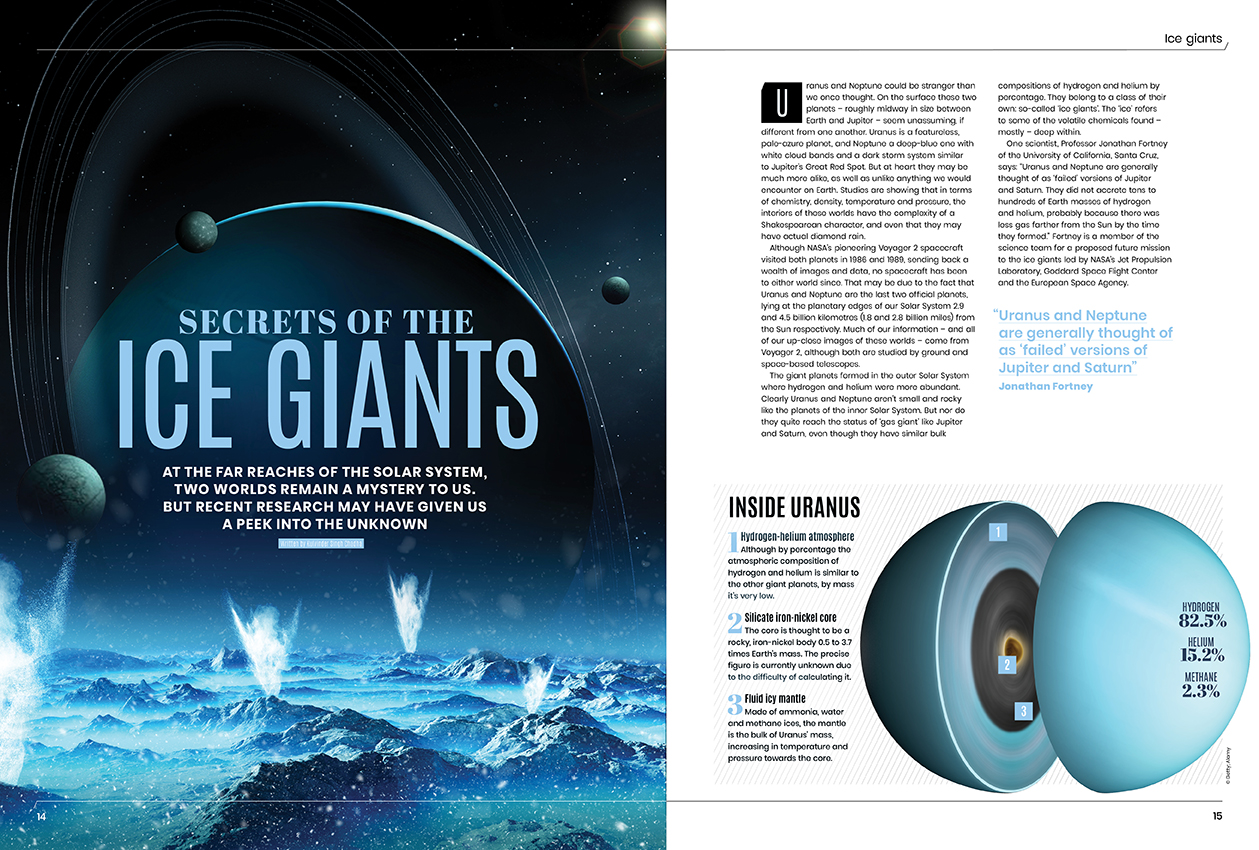

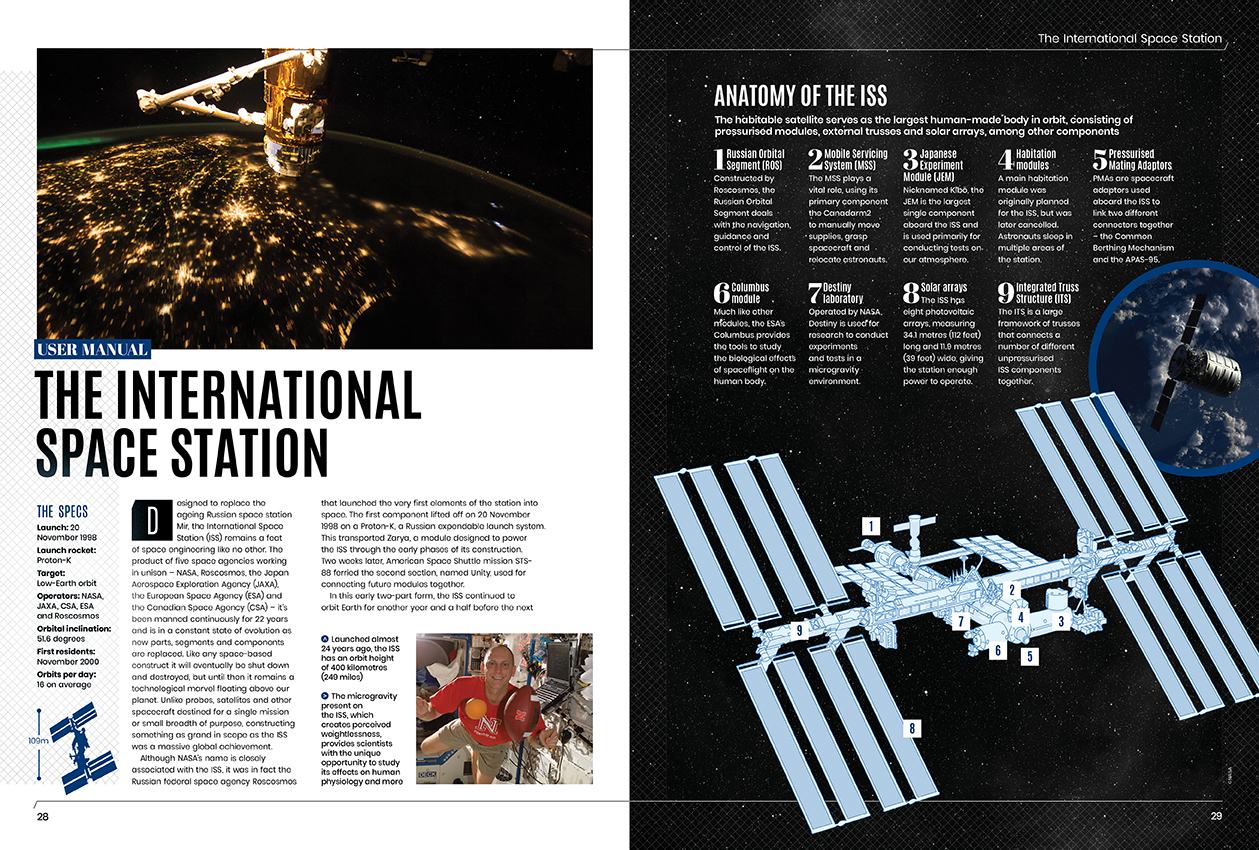
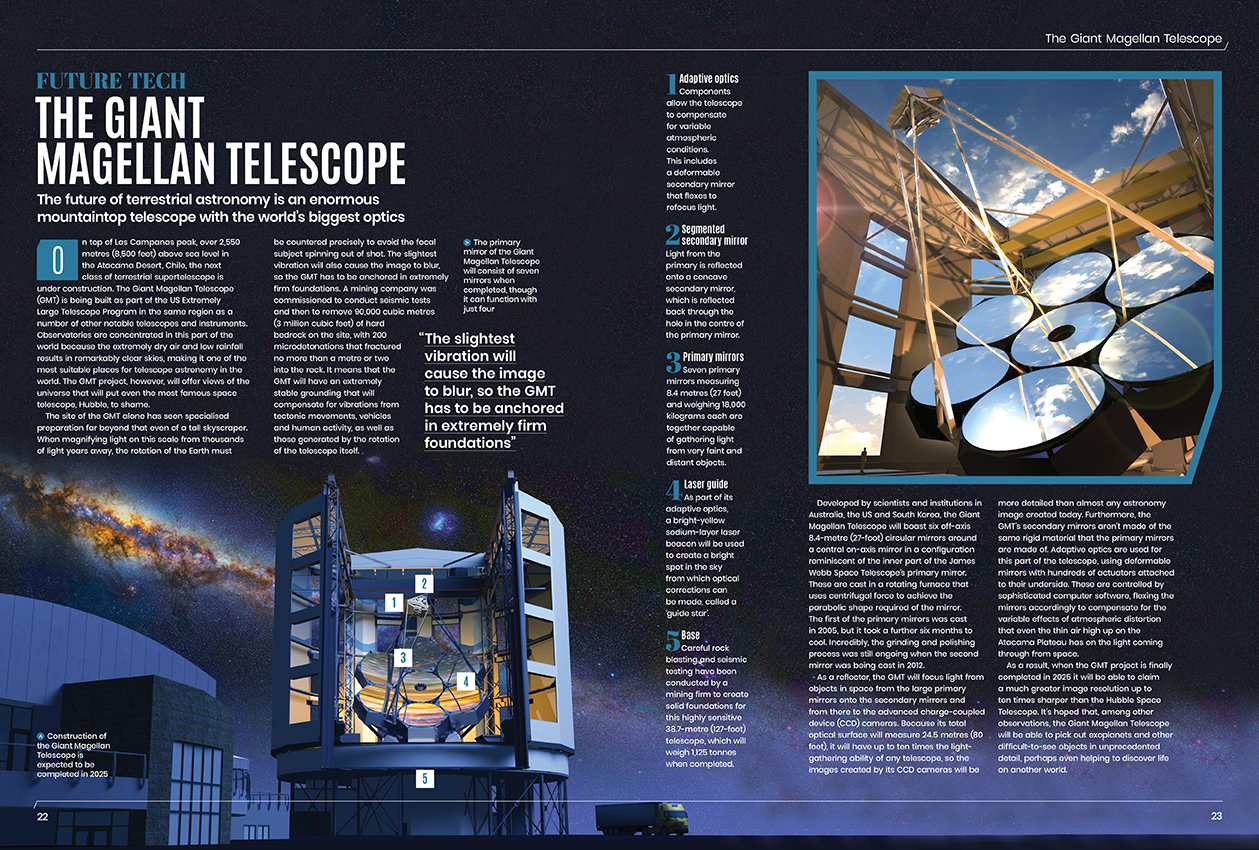
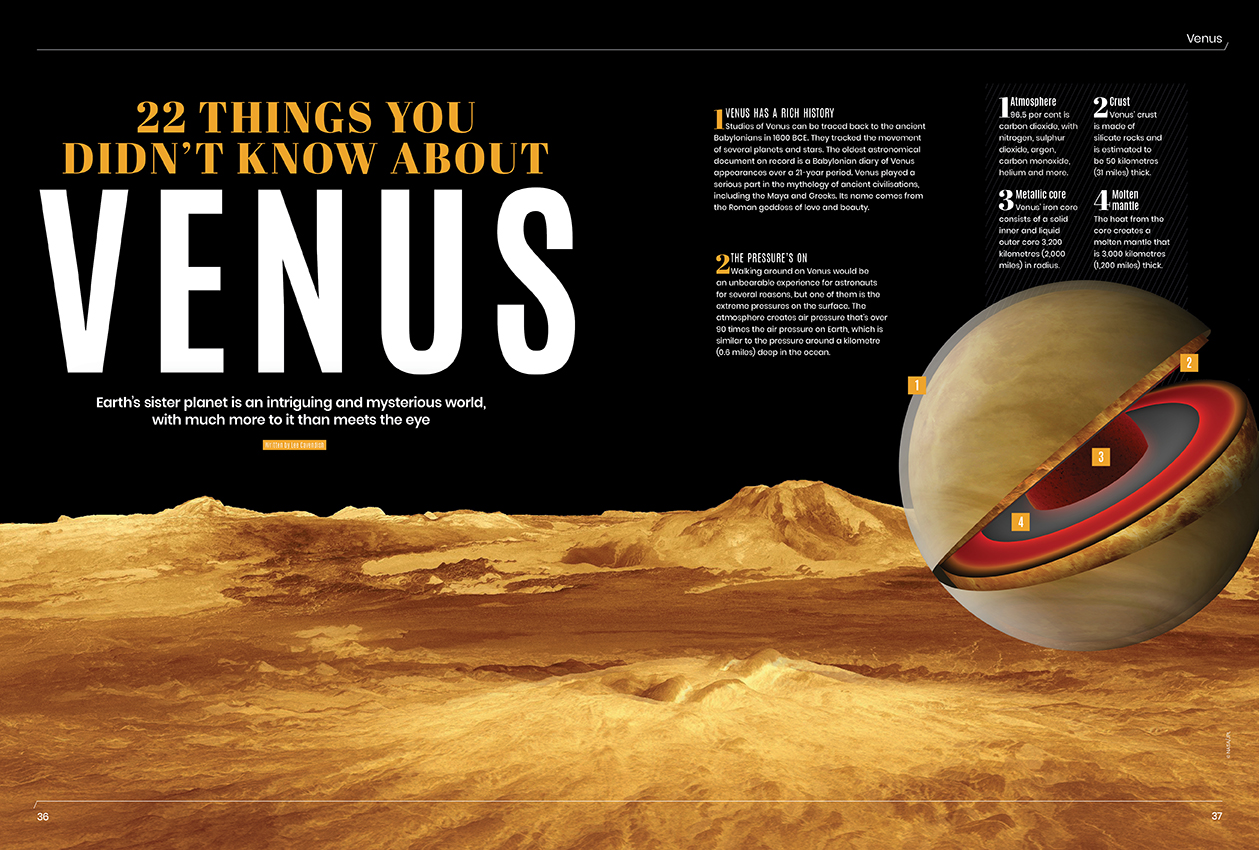
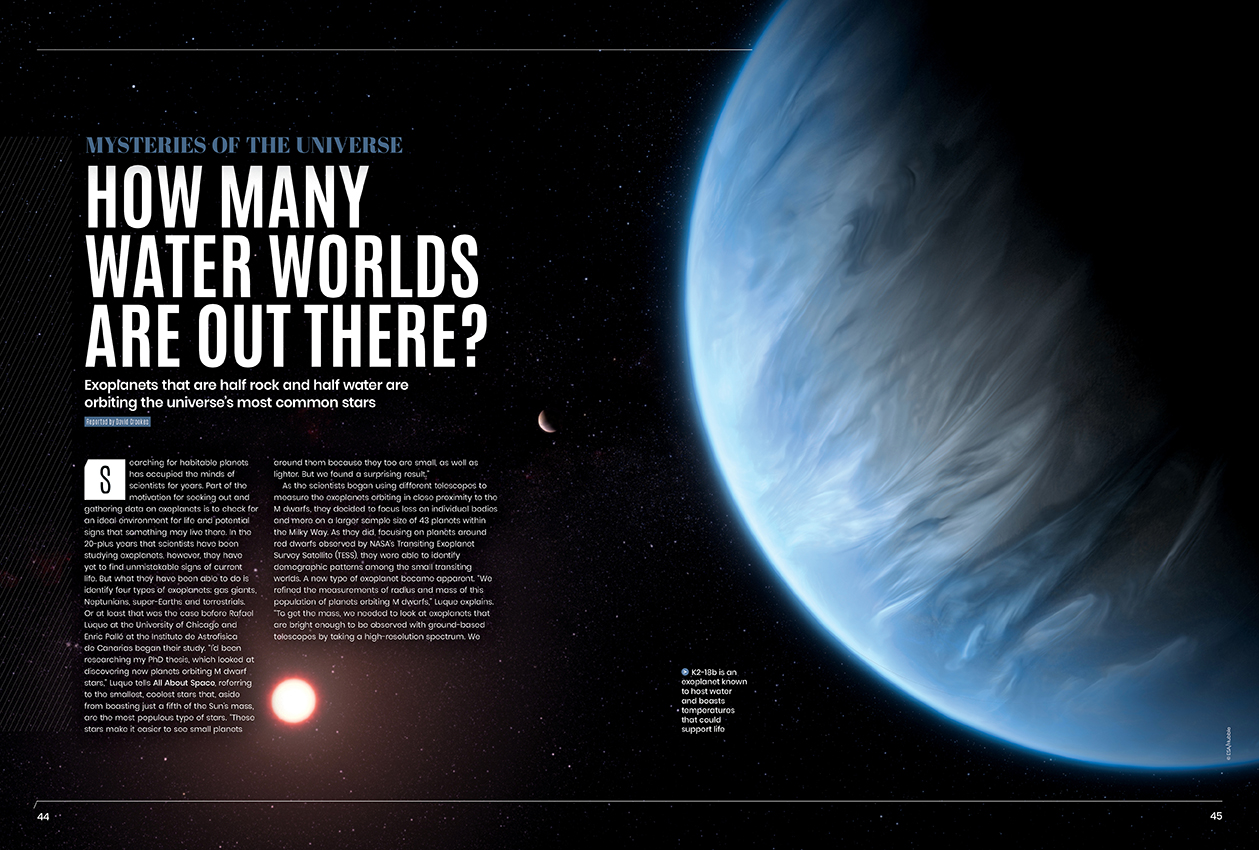

You can also find a detailed stargazer section filled with useful information on what to look out for in the night sky. This issue also includes a comprehensive guide on how to choose the perfect telescope.
Secrets of the ice giants
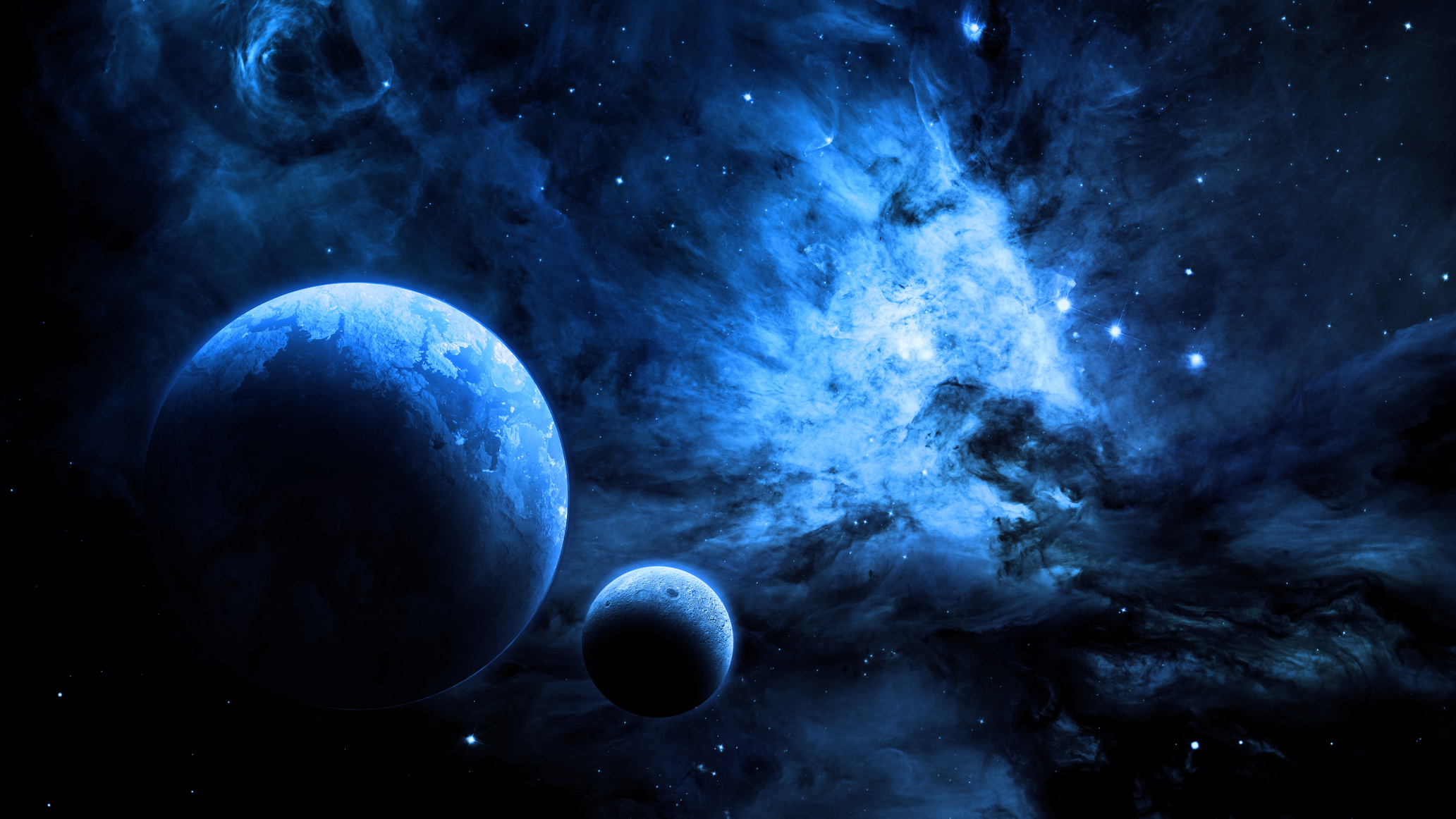
Uranus and Neptune could be stranger than we once thought. On the surface, these two planets — roughly midway in size between Earth and Jupiter — seem unassuming, if different from one another. Uranus is a featureless, pale-azure planet, and Neptune is a deep-blue one with white cloud bands and a dark storm system similar to Jupiter's Great Red Spot.
But at their heart they may be much more alike, as well as unlike anything we would encounter on Earth. Studies are showing that in terms of chemistry, density, temperature and pressure, the interiors of these worlds have the complexity of a Shakespearean character, and even that they may have actual diamond rain.
Read the full feature in the latest All About Space .
How many water worlds are out there?
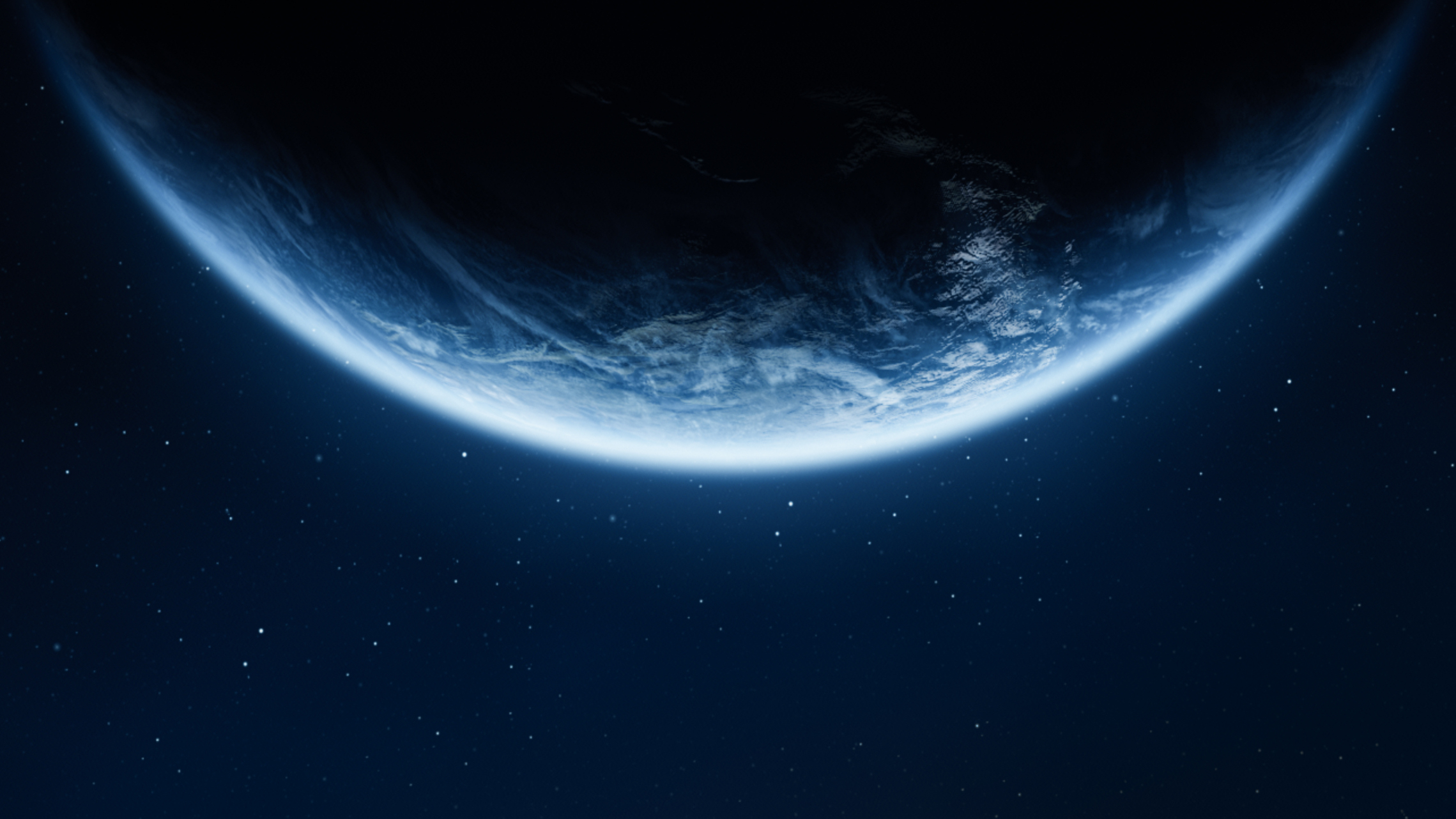
Searching for habitable planets has occupied the minds of scientists for years. Part of the motivation for seeking out and gathering data on exoplanets is to check for an ideal environment for life and potential signs that something may live there. In the 20-plus years that scientists have been studying exoplanets, however, they have yet to find unmistakable signs of current life.
But what they have been able to do is identify four types of exoplanets: gas giants, Neptunians, super-Earths and terrestrials. Or at least that was the case before Rafael Luque at the University of Chicago and Enric Pallé at the Instituto de Astrofisica de Canarias began their study.
"I'd been researching my PhD thesis, which looked at discovering new planets orbiting M dwarf stars," Luque tells All About Space, referring to the smallest, coolest stars that, aside from boasting just a fifth of the sun's mass, are the most populous type of stars. "These stars make it easier to see small planets around them because they too are small, as well as lighter. But we found a surprising result".
Read the full feature in the latest All About Space.
22 things you didn't know about Venus
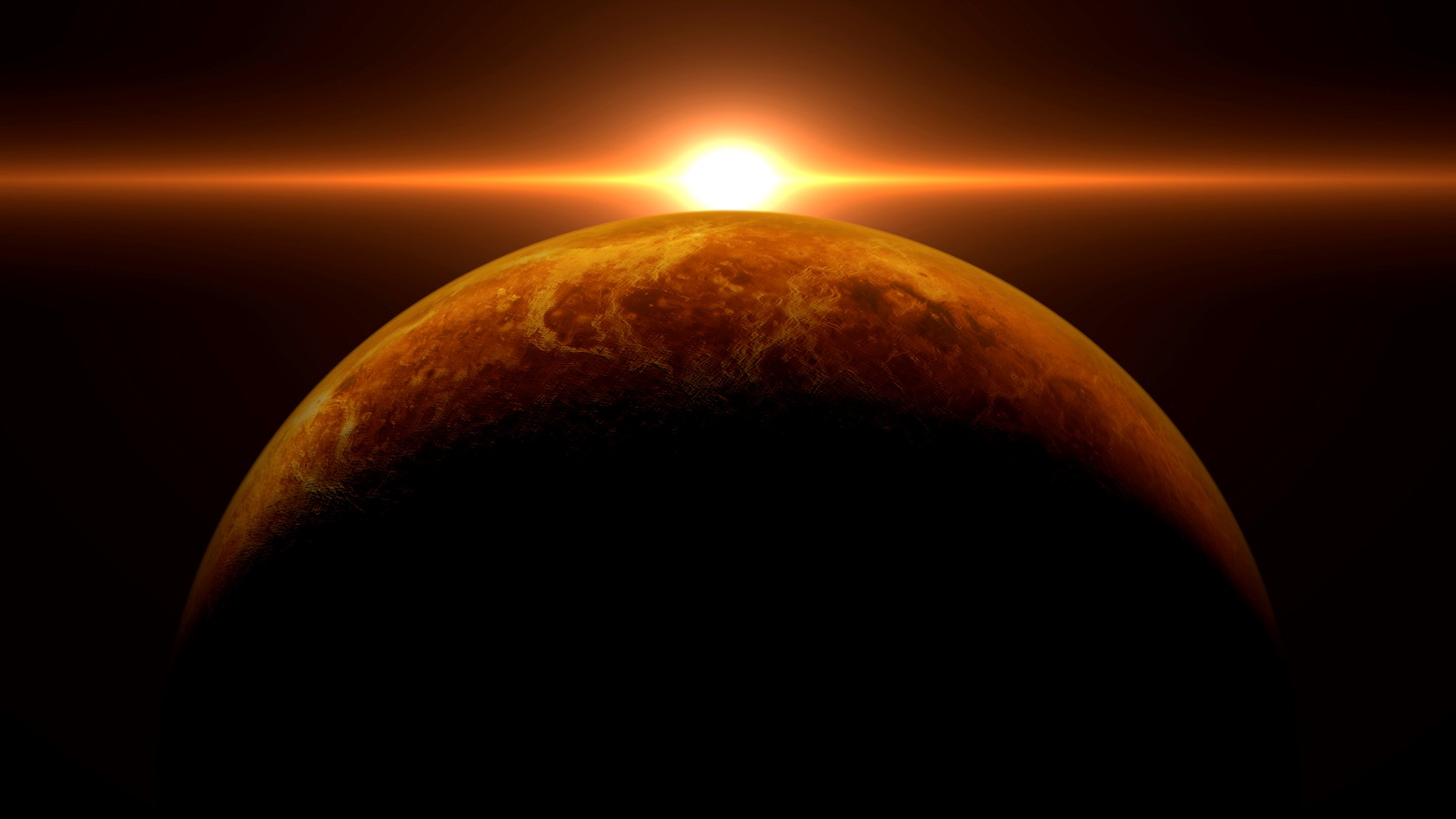
1. Venus has a rich history
Studies of Venus can be traced back to the ancient Babylonians in 1600 BCE. They tracked the movement of several planets and stars. The oldest astronomical document on record is a Babylonian diary of Venus appearances over a 21-year period. Venus played a serious part in the mythology of ancient civilizations, including the Maya and Greeks. Its name comes from the Roman goddess of love and beauty.
Read the full feature in the latest All About Space.
Join our Space Forums to keep talking space on the latest missions, night sky and more! And if you have a news tip, correction or comment, let us know at: community@space.com.

Daisy Dobrijevic joined Space.com in February 2022 having previously worked for our sister publication All About Space magazine as a staff writer. Before joining us, Daisy completed an editorial internship with the BBC Sky at Night Magazine and worked at the National Space Centre in Leicester, U.K., where she enjoyed communicating space science to the public. In 2021, Daisy completed a PhD in plant physiology and also holds a Master's in Environmental Science, she is currently based in Nottingham, U.K. Daisy is passionate about all things space, with a penchant for solar activity and space weather. She has a strong interest in astrotourism and loves nothing more than a good northern lights chase!
